Ethereum is currently one of the leading cryptocurrencies out there, with the third highest market cap of them all; falling behind only Bitcoin and Ripple. At its simplest, Ethereum is an open software platform based on blockchain technology. It grants developers the opportunity to build and distribute decentralised applications.
Unlike Bitcoin, which relies heavily on a peer-to-peer electronic cash system, Ethereum’s blockchain centres on running the program code of a decentralised application. Ethereum depends on its own platform-specific cryptographic token, Ether. However, Ether is more than a digital currency – it can run applications from within the Ethereum network and monetise work.
So, in the Ethereum blockchain, rather than mining for Bitcoin, the miners are working to earn themselves freshly minted Ether tokens. This type of crypto token is used to fuel the network, as well as to fund transaction fees and services that exist on the Ethereum network.
Benefits of decentralised platforms
- They are immutable; no external party can amend the data.
- They are based on the principle of consensus. Since the apps are based around this core principle, censorship is impossible.
- With no centralised entity controlling the platform, it is well protected from hackers because there is no central software to hack.
- Once online, they aren’t going down nor can they be turned off.
What do you need?
- Free mining software: There is a range of software that can be used dependent on the cryptocurrency. Two good examples are ‘Ethminer’ and ‘Minergate.’ Both of these pieces of software are compatible with Windows, Linux, and Mac.
- Temperature monitoring and overclocking software: This is incredibly useful as it is intended to amend your GPU performance, therefore granting you more hashes per second.
- Membership to a mining pool: A pool is a group of miners all working toward one objective. They combine their resources to be the first ones to crack the cryptographic puzzle and add a new transaction to the blockchain. The crypto reward is then shared among all members of the pool.
- Membership to an online currency exchange: This is important as it is where you will exchange or trade your Ethereum (assuming that is your goal).
- A cryptocurrency wallet: This is very important, since you will need a safe place to store your tokens.
- A GPU with enough storage in the VRAM to load a DAG in (Directed Acyclic Graph): This is a file that is created after every 30,000 Ethereum blocks are added. As a result, you have to have at least 3 gigabytes of VRAM. It is definitely important to do adequate research before purchasing hardware; ensure that the purchase you are interested in meets all the requirements needed. For a beginner, you may be better off looking into AMD mining cards, which cost significantly less than their NVIDIA counterparts. But, there is a trade off if you opt for one of these two. AMD mining cards are not as powerful, but NVIDIA ones are typically easier to configure and overclock.
Note: For mining Bitcoin or other altcoins, typically ASICs are essential, but Ethereum has been able to avoid the need for them by increasing the amount of VRAM needed to mine. However, be sure to do your own research and make sure that whatever you opt to buy can efficiently mine for Ether.
How is Ethereum mined?
The way that mining Ethereum works is focused on proof-of-work algorithms. These algorithms process blocks of data ready to be added to the blockchain. However, the more people that are mining on a network in turn increases the difficulty. Consequently, it becomes harder to solve the cryptographic puzzles and therefore the rewards are more scarce.
Ethereum rewards miners based on their proof-of-work algorithm dubbed Ethash. This algorithm awards 3 Ether to any successful miners, which occurs every 15-20 seconds. Compared to Bitcoin, this is incredibly fast, as Bitcoin only allows for a new block to be added every 10 minutes. Though, Bitcoin’s reward is greater at 12.5 BTC.
The key to Ethereum working so quickly is the GHOST protocol, which allows for quick-fire transactions, as opposed to the ‘Gas’ transactions used by the Bitcoin network.
Pricing
Current live Ethereum pricing information and interactive charts are available on our site 24 hours a day. The ticker bar at the top of every page on our site has the latest Ethereum price. Pricing is also available in a range of different currency equivalents:
US Dollar – ETH to USD
British Pound Sterling – ETH to GBP
Japanese Yen – ETH to JPY
Euro – ETH to EUR
Australian Dollar – ETH to AUD
Russian Rouble – ETH to RUB
Bitcoin – ETH to BTC
Make sure it’s a worthwhile investment
It should go without saying that the initial start-up cost to purchase your setup is going to be expensive, even more so when you begin to factor in your electricity and power consumption costs. To assist you with figuring out what your mining probability is and whether or not you will be able to turn a profit, click here.
For more information on Ethereum from one of our seasoned writers, follow this link. This guide delves deeper into smart contracts amongst other topics.
[…]
Learn more


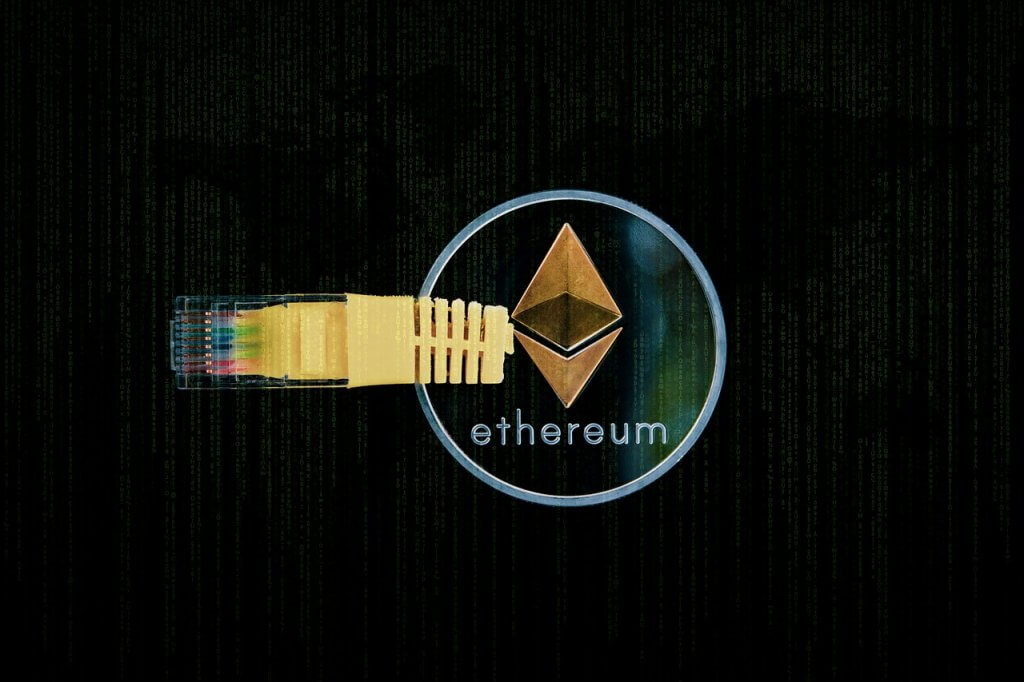
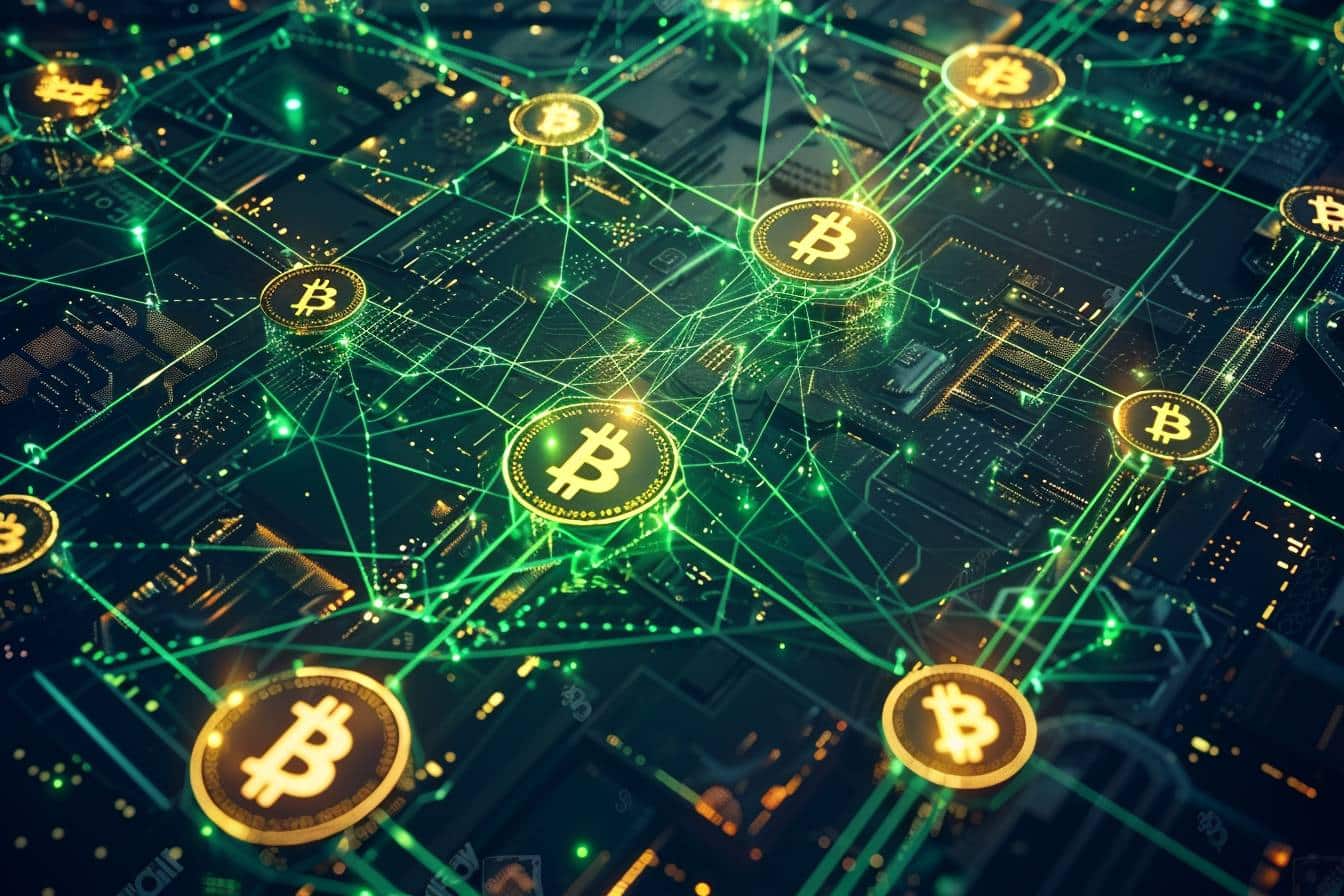
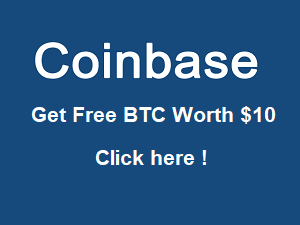
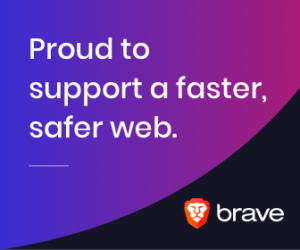
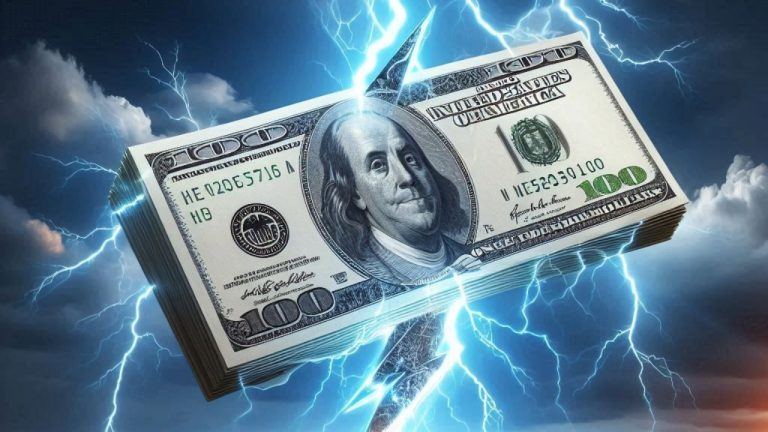
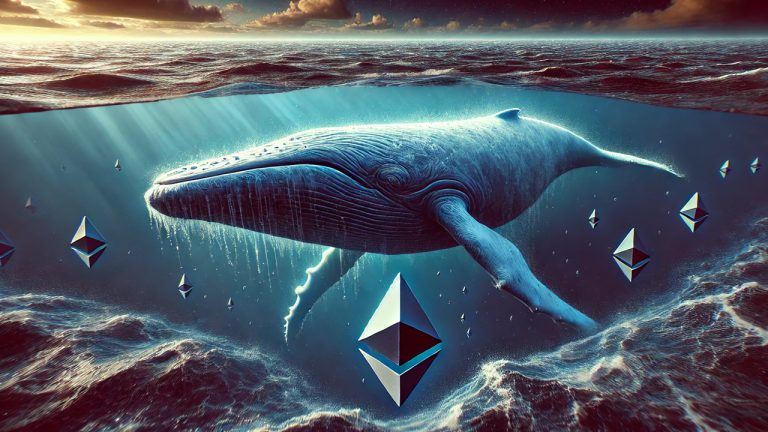

Leave a Reply